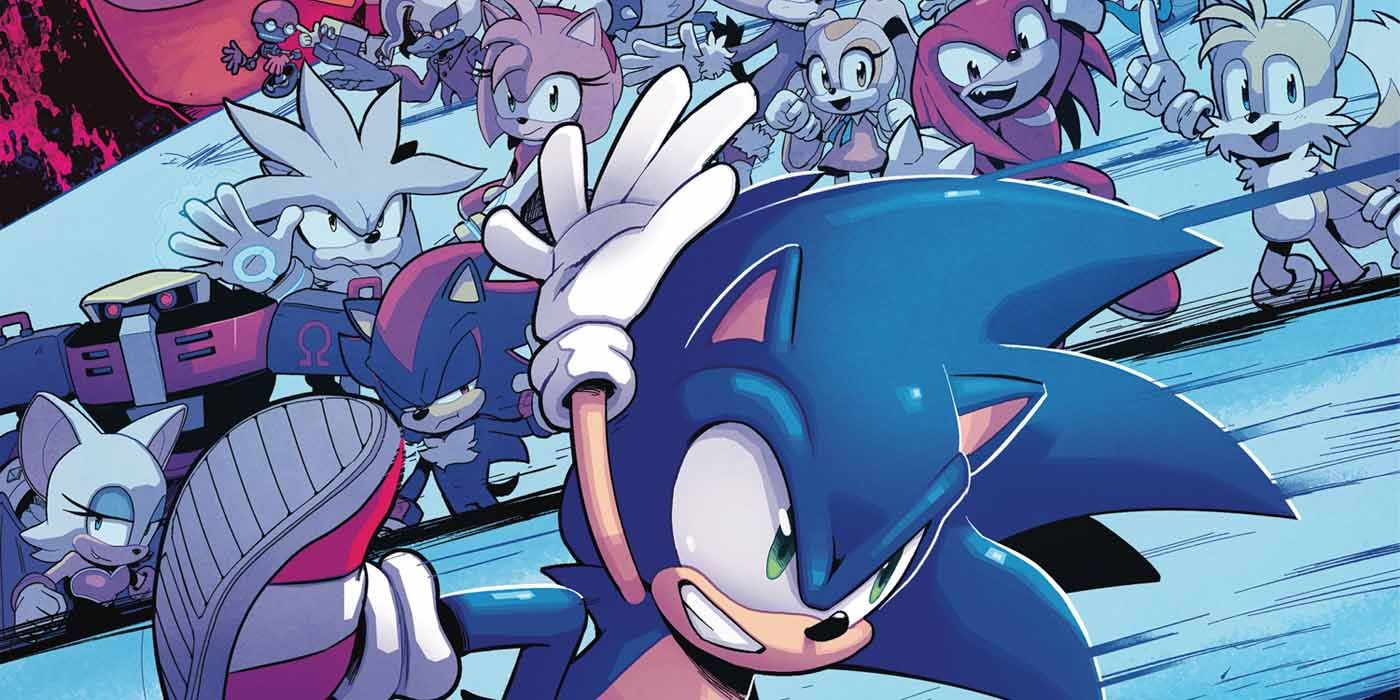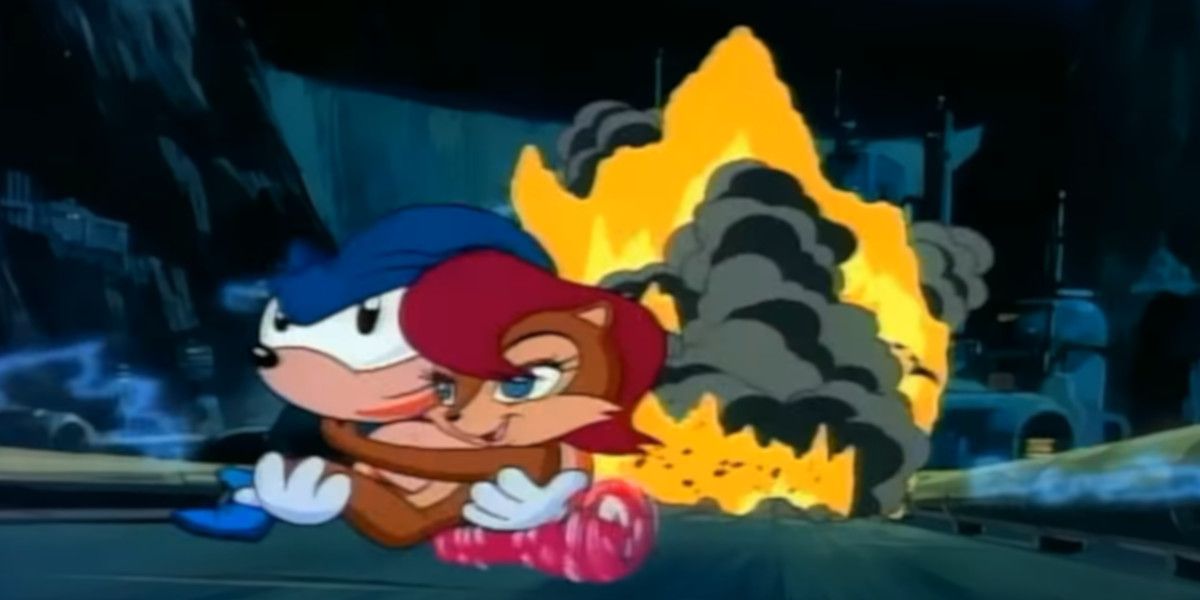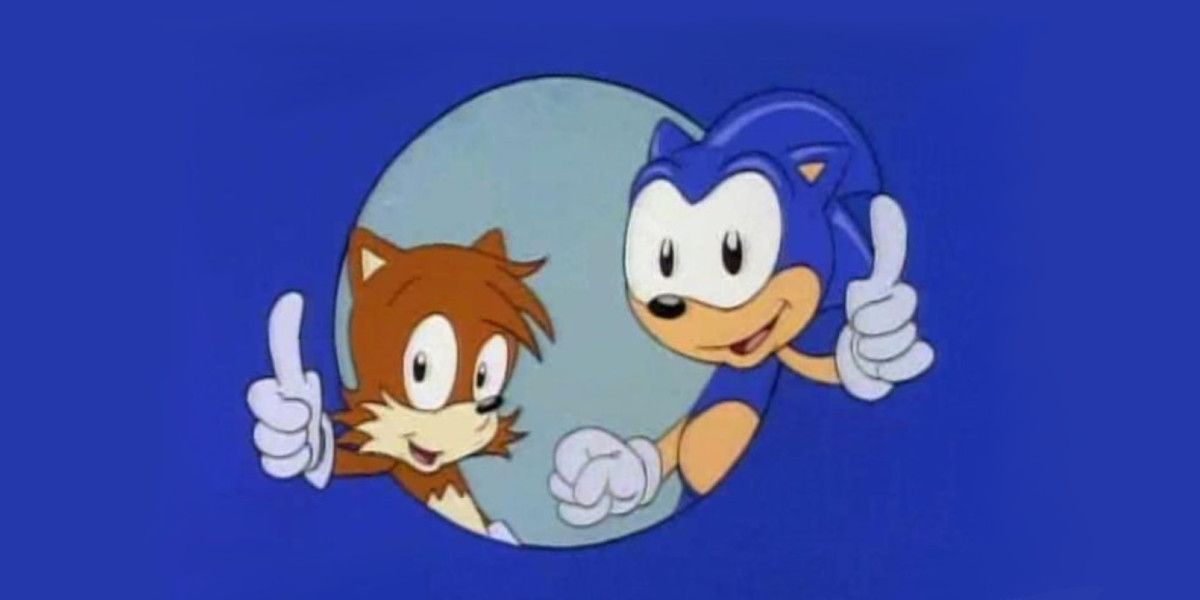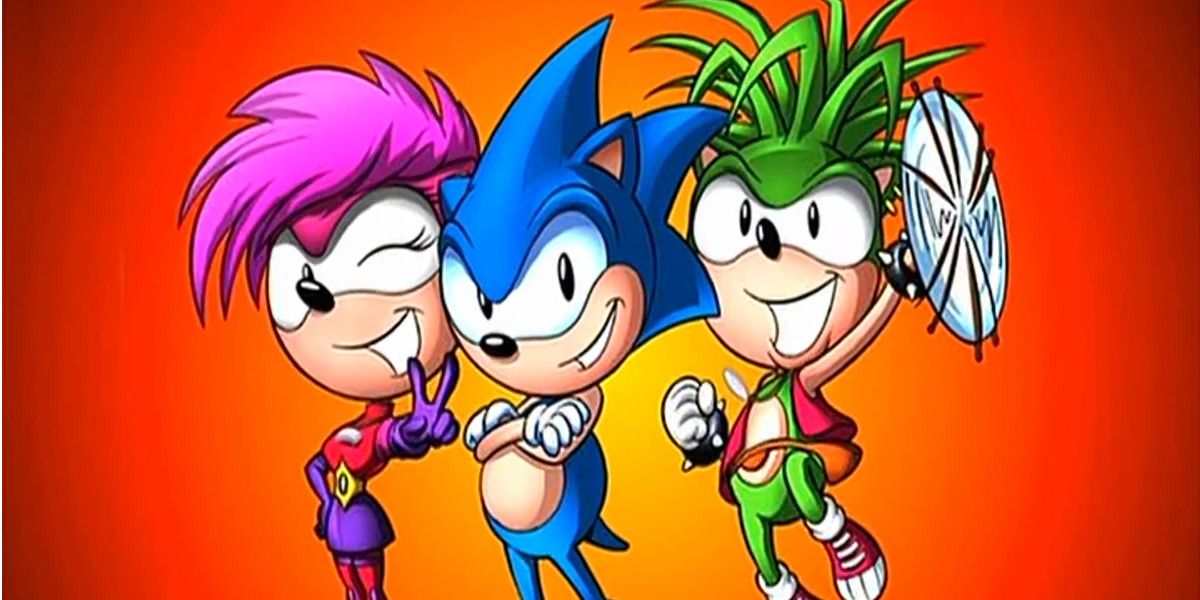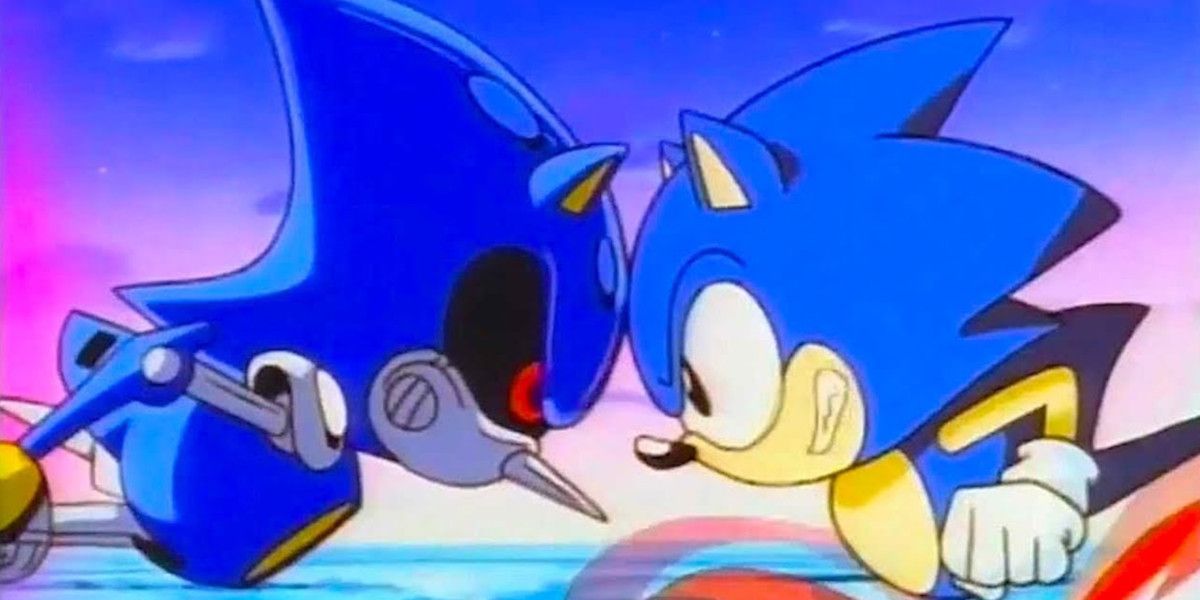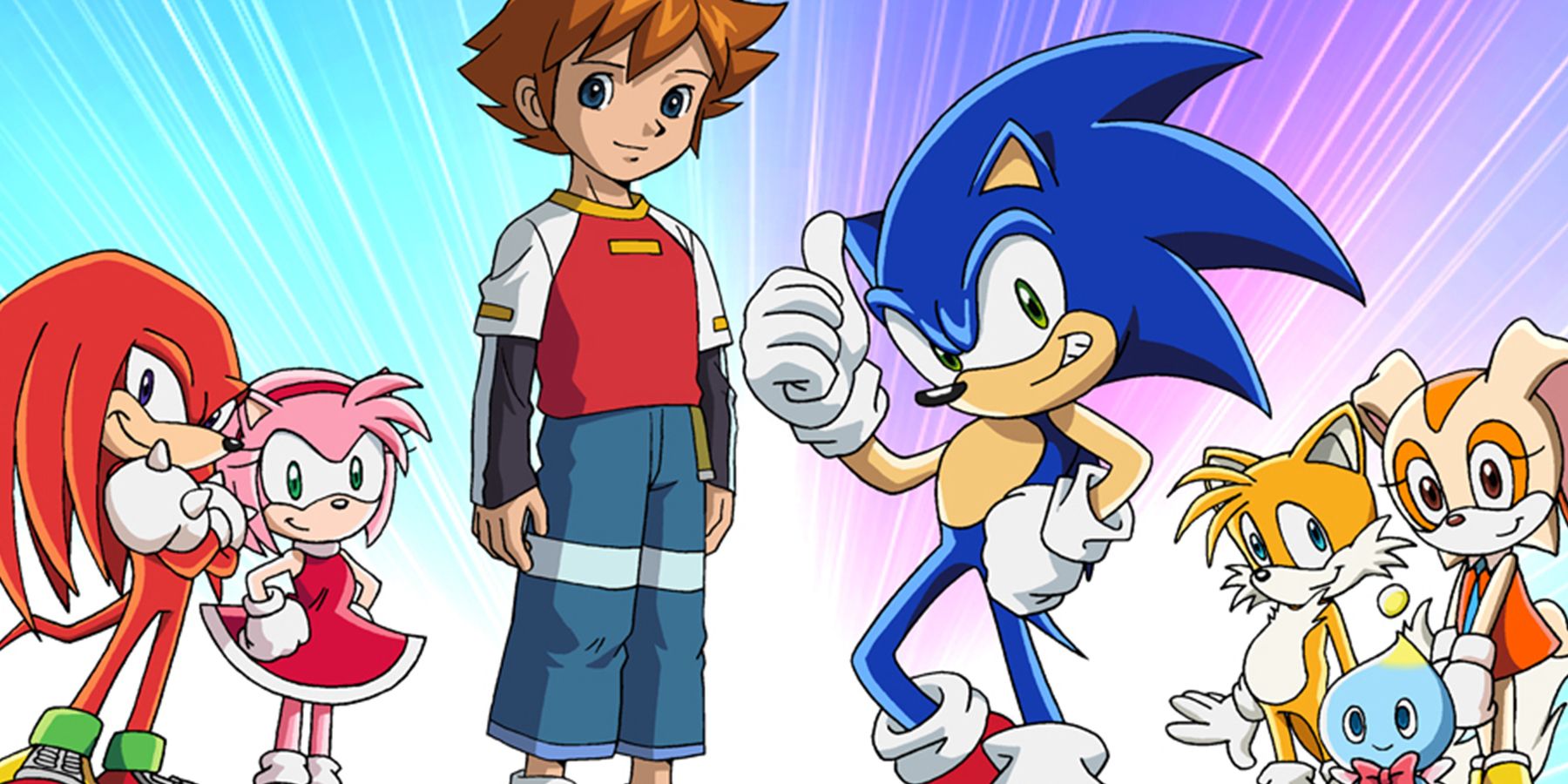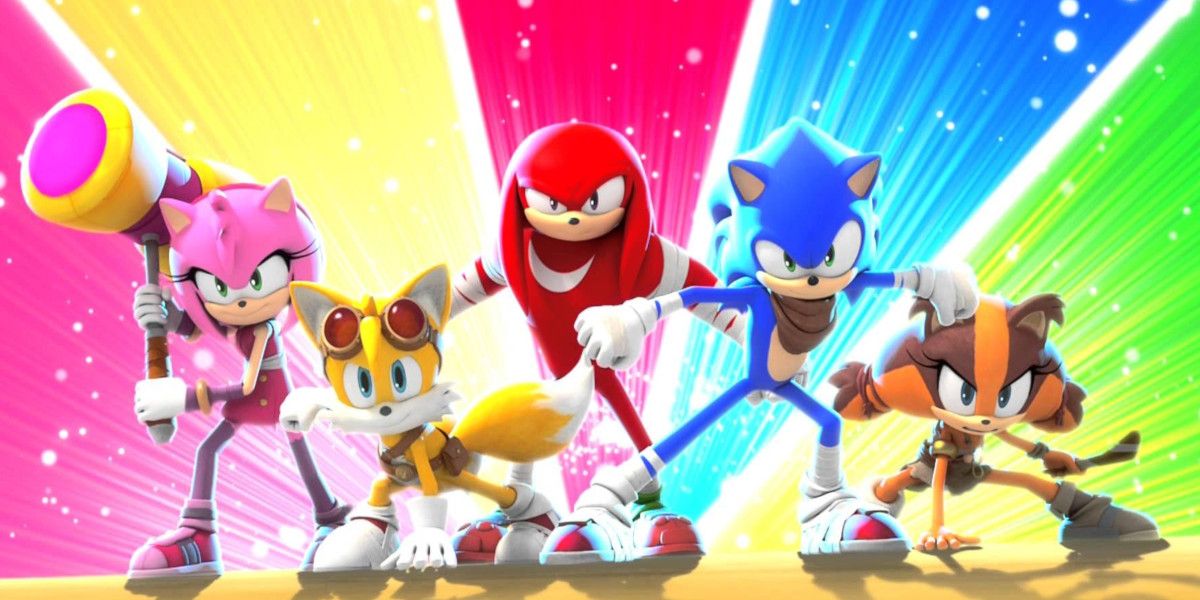Ever since the early 90s, a certain spiky-haired blue mammal has been zipping into fans' hearts. In addition to the famous video game franchise, Sonic the Hedgehog has made the leap to numerous other media, including three published comic series, a live-action movie and a half-dozen animated series, each of which has garnered a following throughout the years, so here is a deeper dive into his animated adventures.
Sonic the Hedgehog ("SatAM")
Probably the most famous of the Sonic cartoons, 1993's Sonic the Hedgehog, also dubbed as "SatAM" by fans in order to differentiate it from other Sonic series, is an interesting take on the mythos, which at the time was fairly limited. There is no Green Hills or Aquatic Ruins. However, SatAM's world of Mobius is a planet conquered by the evil Dr. Robotnik, strangling it with pollution with the help of his mechanical slaves. Sonic is assisted by the Freedom Fighters in their quest to free the planet, but they don't always succeed.
SatAM is the darkest of the western canons, dipping its toes into warfare and the losses that come with it, albeit in a manner safe enough for Saturday morning entertainment. It's a tone that will carry over into the Archie produced Sonic comics for the next couple of decades as well.
The Adventures of Sonic the Hedgehog
Completely on the other side of the spectrum is the lighthearted The Adventures of Sonic the Hedgehog. AoStH aired alongside SatAM, usually on weekday mornings as opposed to Saturdays' more dark and serious series.
AoStH takes the blue blur and his buddy Miles "Tails" Prower and throws them into a wacky version of Mobius that is reminiscent of Looney Tunes and Tex Avery cartoons. This series draws more inspiration from the video games than SatAM, from the theme song to the use of "badniks" (the games' robot enemies) to the Chaos Emeralds' incorporation into one story arc.
Sonic Underground
1999 brings Sonic Underground, a series that attempts the tone of SatAM, although, it also brings an unexpected element: musical numbers. In a dark, dystopian world, Sonic teams up with siblings Sonia and Manic, who, like Sonic in previous series, are both voiced by Jaleel White, to free Mobius from the clutches of Dr. Robotnik and breaking out into a cheesy, semi-educational song each episode.
The hedgehogs are also on a quest to find their mother, the kindly Queen Aleena, marking the first time Sonic will be given a royal title. Sadly for them, Underground was canceled after one season, leaving this plot unresolved. An epilogue to the series was planned in the comics from Archie, but that was also shelved, leaving many to wonder when the cartoon's theme lyric, "They made a vow, their mother will be found" will ever be realized.
Sonic the Hedgehog: The Movie (1999)
Not to be confused with the 2020 live-action movie, Sonic the Hedgehog: The Movie is the two-episode straight-to-video series released in Japan in 1996. With an art style and plot similar to Sonic CD, the "movie" follows Sonic as he teams up with Tails and Knuckles and they seek to protect Planet Freedom from Dr. Robotnik's latest creation, Hyper Metal Sonic, a metal version of the titular character.
At only an hour-long, it's a quick watch, with a cast of supporting characters that can only come from '90s anime and a world with enough intrigue to leave viewers wanting more of it. For example, Robotnik's home realm of "The Land of Darkness" includes a half-sunken city that's strikingly similar to Manhattan, leading some to wonder if this is a post-apocalyptic universe.
Sonic X
The blue blur's animated antics would take a brief rest for several years until 2003's Sonic X brought his modern adventures to TV screens around the world. Taking inspiration from Sonic Adventure 1 and 2, among other titles of the time, the series has Sonic and the gang teleport to the "real" world, protecting it from the forces of Dr. Eggman, whose "Robotnik" moniker was discarded in the west, as they enjoy new adventures with the family of human protagonist Chris Thorndyke.
This series would be the first animated debut of many well-known Sonic characters, including wannabe-girlfriend Amy Rose, edgy anti-hero Shadow the Hedgehog and the enigmatic Rouge the Bat. This series is also responsible for the new tagline as well as the meme of "Gotta go fast!"
Sonic Boom
Nearly a decade later in 2014, Sonic returns to animation, though this time in his first 3D-animated series, based on the spin-off video games of the time. Despite the controversy of the Sonic Boom games, the cartoon ends up being a surprise hit due to its gradual rise in tongue-in-cheek referential humor.
Long-time fans are quick to notice a number of in-jokes, from popular memes to lighthearted jabs at criticisms of the franchise. Despite a limited runtime of about 10 minutes an episode and a reliance on comedy over action, the series became a sleeper hit after its 2017 discontinuation.
Sonic proves to be a rather tenacious force, throwing tons of ideas at the wall and running with whatever sticks, whether it's video games, comics or animation. With quite a few series to look back on from the past few decades and sharing them with new generations of fans, one can only wonder what to expect in the future. In any event, it's just a matter of time until this hedgehog has new cartoons rolling around at the speed of sound.

